KarenD
TPF Noob!
- Joined
- Nov 2, 2012
- Messages
- 2
- Reaction score
- 0
- Location
- Dublin
- Can others edit my Photos
- Photos NOT OK to edit
Im a total beginner and I've recently bought a Canon 400D (Rebel xti) and Im hoping to buy a decent enough flash, only thing is I don't know where to start! what am I looking for in a flash and what flashes have you found worked well? should i stay with the canon brand or look elsewhere? Budget would be around MAX 200 (second hand obviously).
Any info will be greatly appreciated!
Any info will be greatly appreciated!


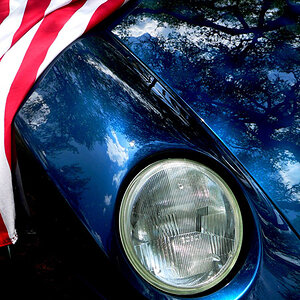
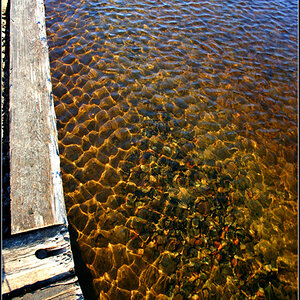
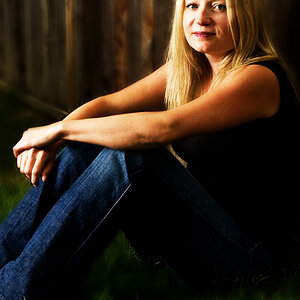
![[No title]](/data/xfmg/thumbnail/37/37605-90c8efaef5b7d1f52d4bf8e7dfd33673.jpg?1619738148)
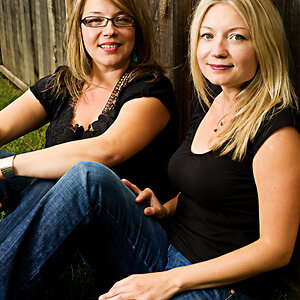
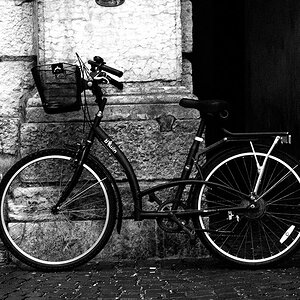
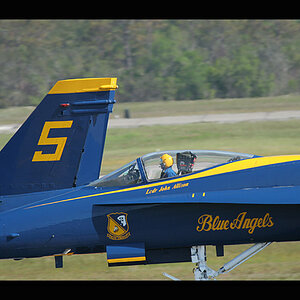

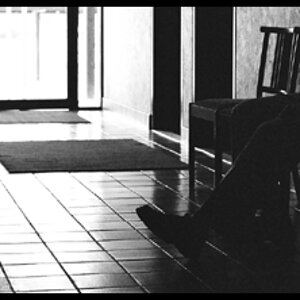
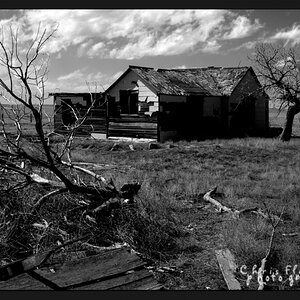
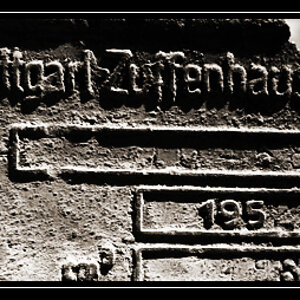
![[No title]](/data/xfmg/thumbnail/37/37538-d4704bfd4f0e4b1941649d81ff8edf2c.jpg?1619738133)